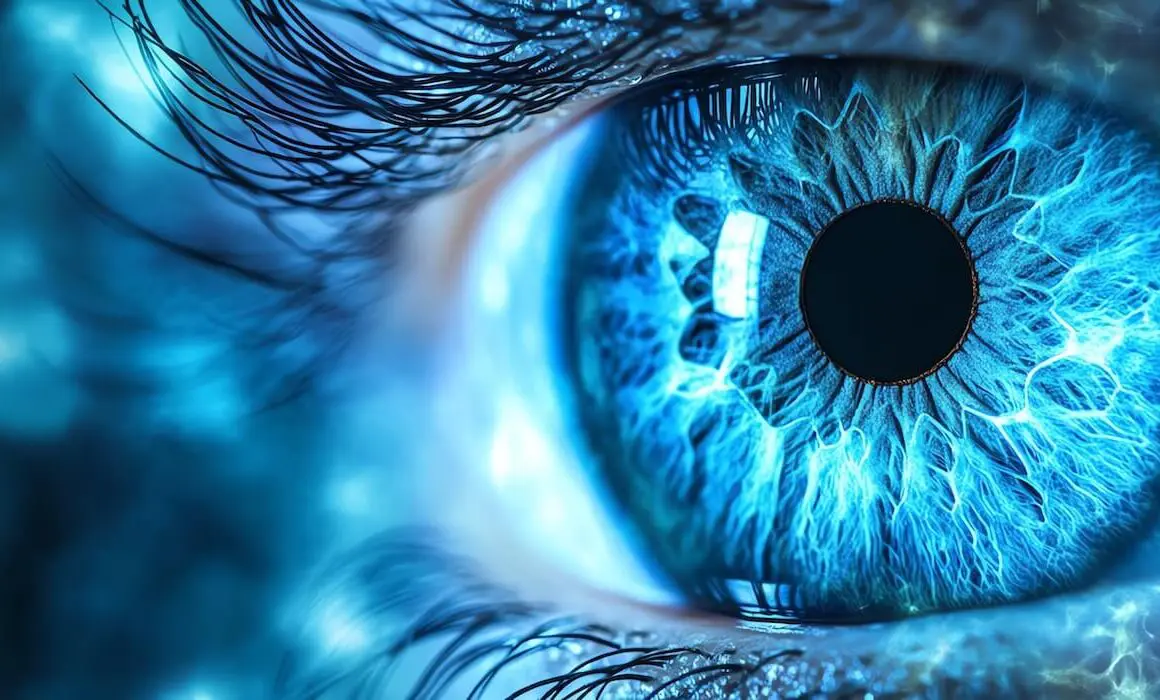Oxygen Boost in Just 60 Seconds

Every year, more than 300,000 patients are placed on a ventilator because of respiratory distress that causes low blood oxygen levels. This number only grew during the COVID-19 pandemic with anywhere from 5% to 25% of COVID patients receiving ventilation care during their treatment in any given week. However, a new device created by Inspira Technologies – led in part by company CTO and Technion alumna Daniella Yeheskely-Hayon – could be a gamechanger for the treatment of oxygenation related issues. The device can boost a person’s oxygen levels immediately, reducing the need for ventilators and saving the patient from an expensive, complex, and high-risk regimen.
The device, called the InspiraTM ART System, draws blood with low oxygen levels from the patient and then circulates it, enriching it with oxygen and removing carbon dioxide, before putting it back into the patient through a tube in their neck. It has the ability to raise the patient’s oxygen saturation to 95% or higher in just 60 seconds while the patient is still awake, providing instant relief. Additionally, the system is designed to be affordable and easy-to-use as well as operable by less specialized personnel, which can decrease the hospital’s overall service costs.
Inspira hopes to bridge the gap between the usage of supplemental treatments including nasal tubes and inducing comas to place the patient on a ventilator. When such supplemental treatments are not enough to aid with respiratory insufficiency, a ventilator or a medically induced coma is necessary. But, with the new device, patients can avoid these risky necessities and the long-term complications associated with them.
The company recently signed a new agreement with U.S.-based Terumo Cardiovascular, which will allow the two to work together to develop an added flow mechanism for the blood circulation process. Their aim is to bring the product to the markets in which Terumo currently distributes including North and South America, Europe, Africa, and Asia-Pacific.



